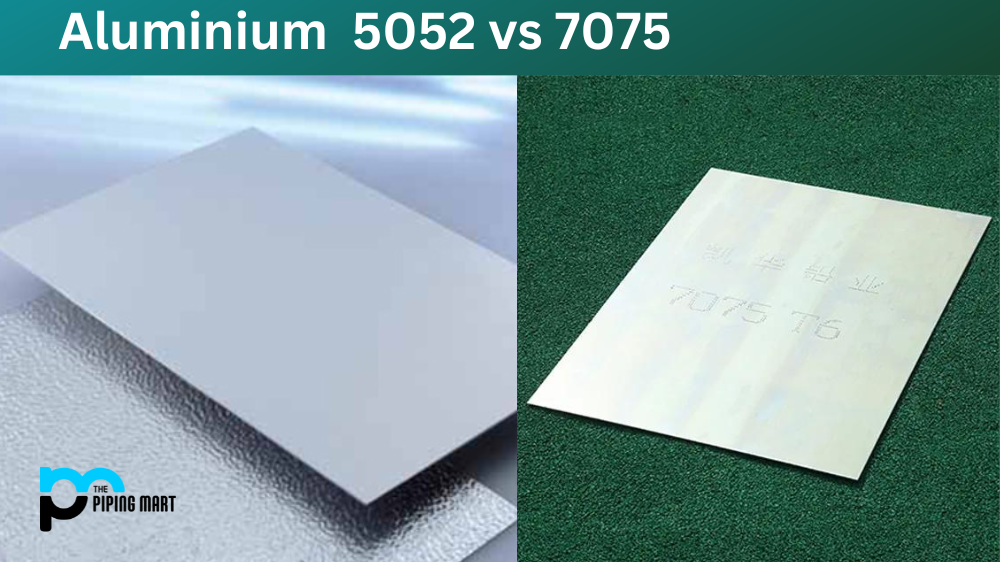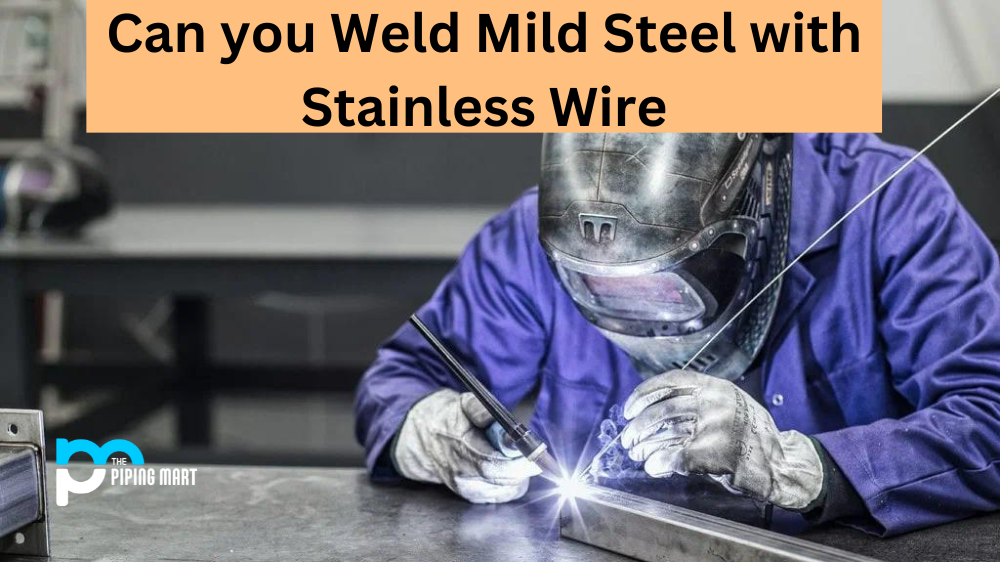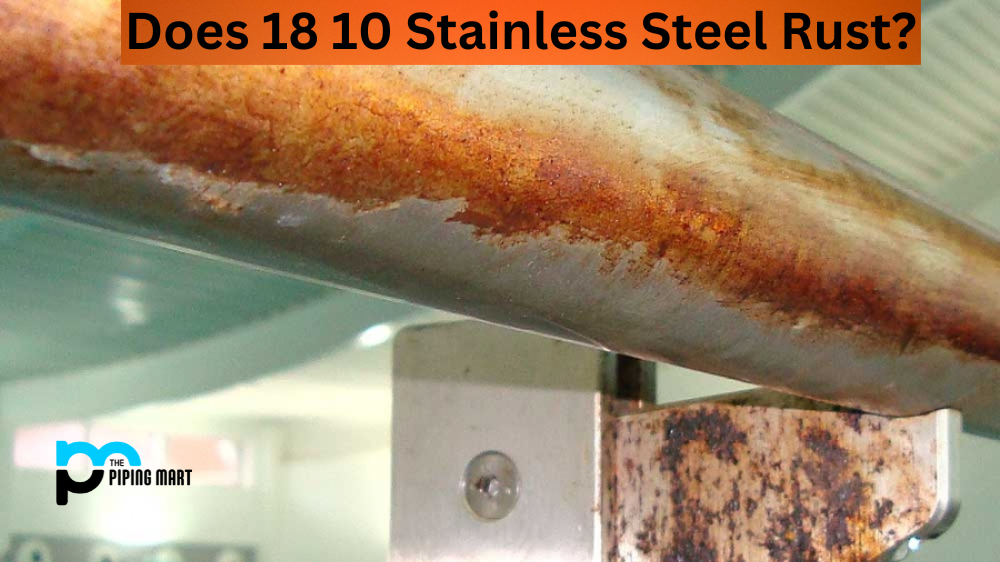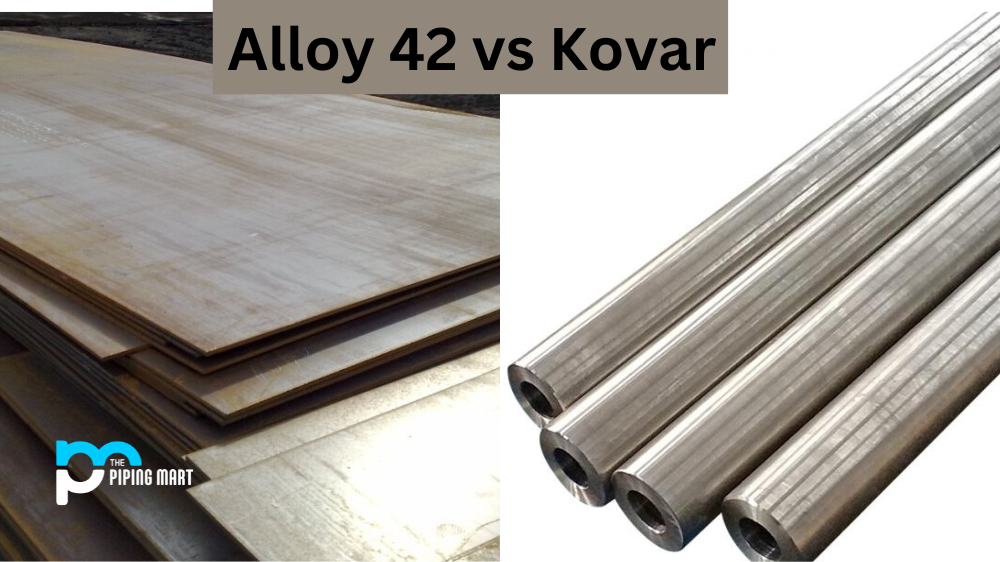Aluminum is a versatile material widely used in different industries, such as construction, aerospace, and automotive. Its popularity is due to its excellent corrosion resistance, lightweight, and durability. Two of the most commonly used aluminium alloys are 5052 and 7075. Although both are strong and reliable, their composition, strength, and applications differ. This blog will explore the differences between aluminium 5052 and 7075.
Aluminium 5052
Aluminum 5052 is an alloy that contains 2.5% magnesium and 0.25% chromium. It is considered a medium-strength alloy with good weldability and corrosion resistance.
Aluminium 7075
Aluminium 7075 is an alloy that contains 5.6% zinc and 2.5% magnesium. It is considered a high-strength alloy with excellent weldability and corrosion resistance.
Difference Between Aluminium 5052 and 7075
Composition
One of the primary differences between aluminium 5052 and 7075 is their composition. As mentioned above, aluminium 5052 contains 2.5% magnesium and 0.25% chromium, while aluminium 7075 contains 5.6% zinc and 2.5% magnesium. This difference in composition gives each alloy different properties that make them suitable for other applications.
Strength
One of the most notable differences between aluminium 5052 and 7075 is their strength. Aluminum 5052 is considered to be a medium-strength alloy, while aluminium 7075 is deemed to be a high-strength alloy. This difference in power is due to the different compositions of each alloy; aluminium 5052 contains more magnesium, while aluminium 7075 contains more zinc.
Weldability
Another difference between these two alloys is their weldability; aluminium 5052 has good weldability, while aluminium 7075 has excellent weldability. This difference is again due to the different compositions of each alloy; aluminium 5052 contains more chromium, while aluminium 7075 contains more zinc.
Corrosion Resistance
Aluminium 5052 and 7075 also have different levels of corrosion resistance; aluminium 5052 has good corrosion resistance, while aluminium 7075 has excellent corrosion resistance. This difference is due to the different compositions of each alloy; aluminium 5052 contains more chromium, while aluminium 7075 contains more zinc.
Applications
5052 and 7075 are used in different industries and applications. Due to its corrosion resistance, 5052 is a popular choice for sheet metal fabrication, custom stampings, and marine components. Additionally, it is used in household appliances, transportation, and general-purpose structures. In contrast, 7075 is commonly used in high-stress conditions, such as aircraft structural components, bicycle frames, and rifle receivers.
Machinability
Another factor to consider when choosing between 5052 and 7075 is their machinability. 5052 is relatively easy to shape, bend, and weld, making it ideal for simple forming operations. On the other hand, 7075 is more challenging to machine but can withstand harsh environments and high-stress loads.
Conclusion
In summary, choosing between 5052 and 7075 depends on the specific application requirements. 5052 offers excellent corrosion resistance, machinability, and affordability and is suitable for marine and general-purpose applications. 7075 is much stronger and is the right choice for aerospace, high-stress applications, and harsh environments. Before deciding which alloy to use, it is crucial to consider its composition, strength, applications, machinability, and cost. Whatever your choice, aluminium is a versatile material that offers numerous benefits and endless possibilities for innovation.

Pipingmart is a B2B portal that specializes in metal, industrial and piping items. Additionally, we share the latest information and information about materials, products and various types of grades to assist businesses that are involved in this business.




